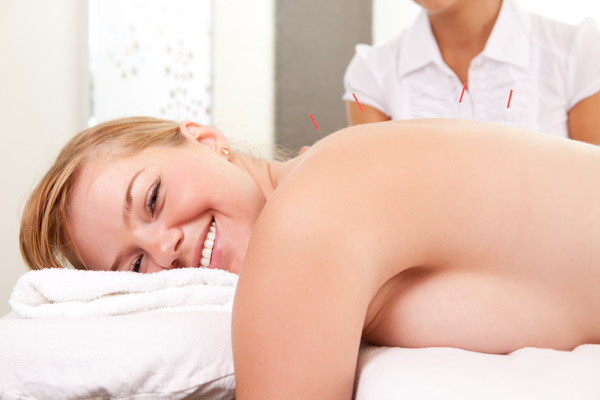
“Our systematic review of current acupuncture/IVF research found that for IVF clinics with baseline pregnancy rates higher than average (32 percent or greater) adding acupuncture had no benefit,” says Eric Manheimer, lead author and research associate at the University of Maryland Center for Integrative Medicine. “However, at IVF clinics with baseline pregnancy rates lower than average (less than 32 percent) adding acupuncture seemed to increase IVF pregnancy success rates. We saw a direct association between the baseline pregnancy success rate and the effects of adding acupuncture: the lower the baseline pregnancy rate at the clinic, the more adjuvant acupuncture seemed to increase the pregnancy rate.”
IVF is a process that involves fertilizing a woman’s egg with sperm outside the womb and then implanting the embryo in the woman’s uterus. According to the researchers, acupuncture is the most commonly used adjuvant, complementary therapy among couples seeking treatment at fertility clinics in the United States.
This new analysis examined 16 studies with more than 4,000 patients and builds on the Center for Integrative Medicine’s 2008 review of acupuncture and IVF, published in the British Medical Journal. That study found positive results for using acupuncture for women undergoing IVF when acupuncture was performed during embryo transfer.
“The University of Maryland School of Medicine is an international leader in investigating the risks and benefits of complementary and alternative therapies. This new analysis is another example of our faculty’s commitment to using comprehensive scientific study to further understanding and inform clinicians and patients who are considering these integrative therapies,” says E. Albert Reece, M.D., Ph.D., M.B.A., vice president for medical affairs at the University of Maryland and the John Z. and Akiko K. Bowers Distinguished Professor and dean of the University of Maryland School of Medicine.
According to the authors, international differences may be one factor in varying baseline pregnancy rates in the studies they analyzed. For example, they say European clinics may have lower IVF pregnancy rates than U.S. clinics because European countries are increasingly moving towards single embryo transfers.
“Another potential explanation for the different effects of acupuncture in trials with higher versus lower baseline rates may be that in IVF settings where the baseline pregnancy rates are already high, the relative added value of additional co-interventions, such as acupuncture, may be lower,” adds Manheimer.
The researchers say that more study is needed to examine if acupuncture might be a useful add-on procedure in IVF clinics with lower baseline rates, including considerations of safety and cost-effectiveness. Although acupuncture is a safe procedure, research has not determined whether any benefits on IVF success rates resulting from adding acupuncture are worth the extra costs involved with administering acupuncture. The study done by University of Maryland Medical Center.